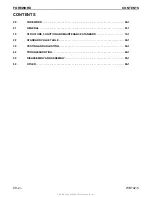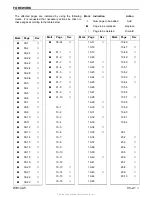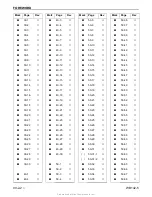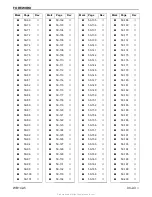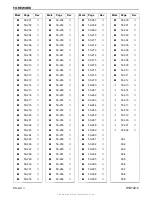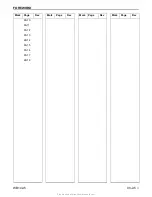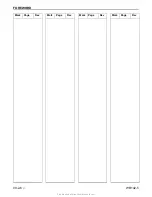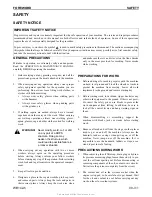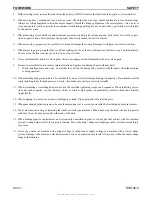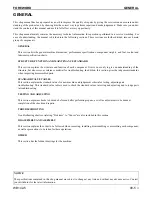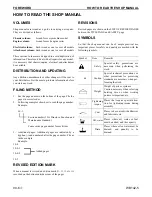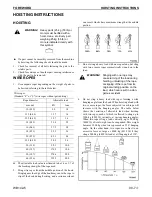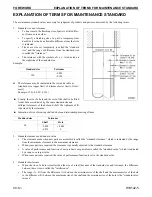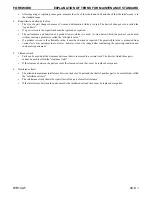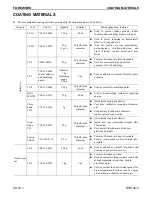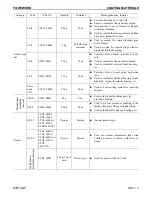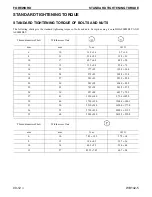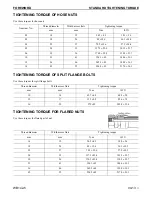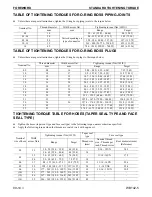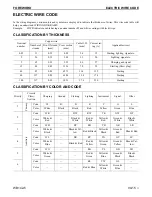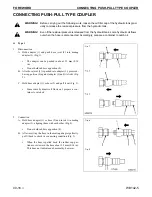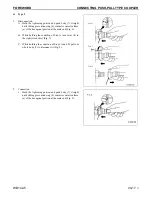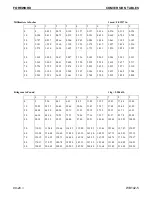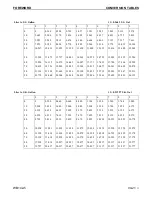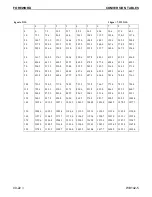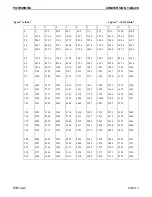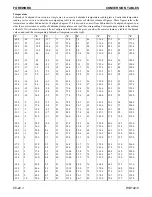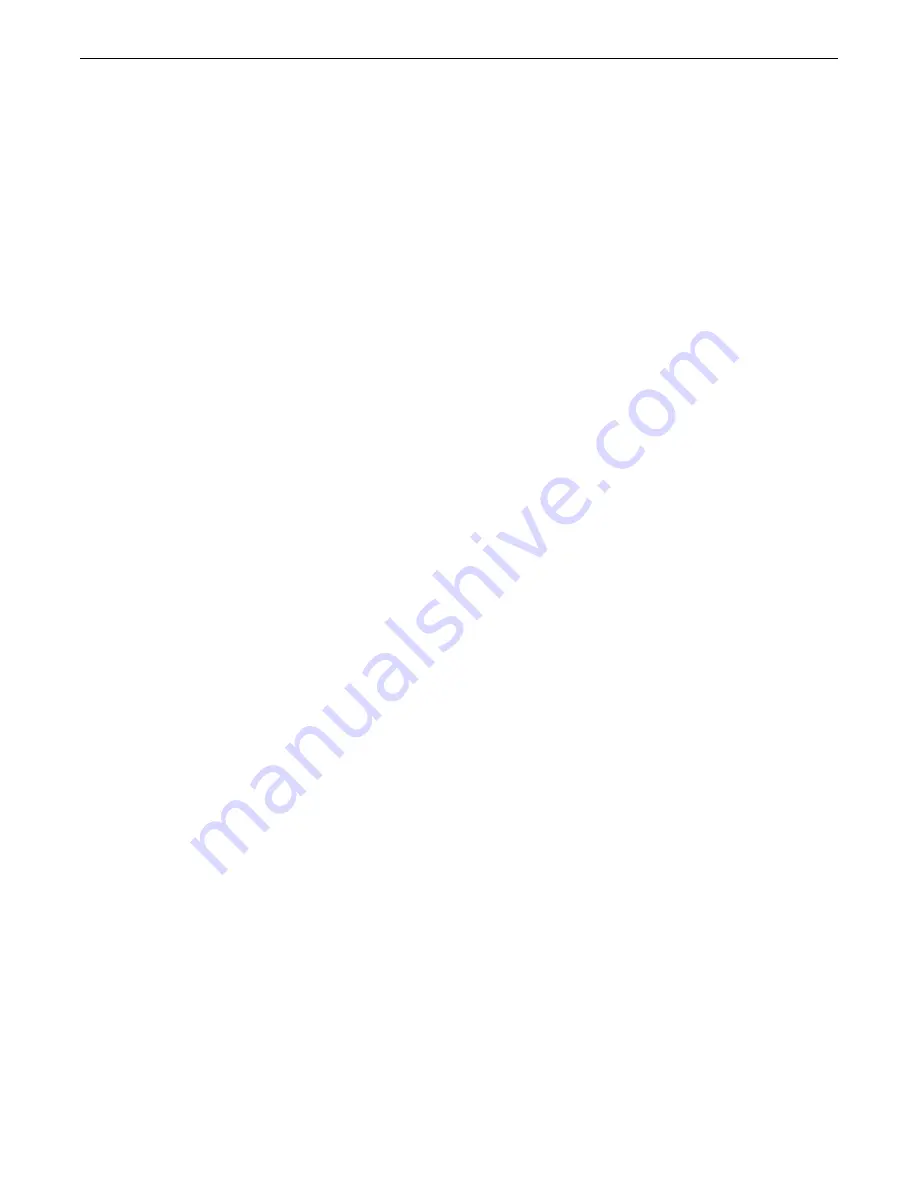
FOREWORD
EXPLANATION OF TERMS FOR MAINTENANCE STANDARD
WB142-5
00-9
d
•
After repairing or replacing some parts, measure the size of their hole and shaft and check that the interference is in
the standard range.
4.
Repair limit and allowable value
•
The size of a part changes because of wear and deformation while it is used. The limit of changed size is called the
"repair limit."
•
If a part is worn to the repair limit must be replaced or repaired.
•
The performance and function of a product lowers while it is used. A value below which the product can be used
without causing a problem is called the "allowable value."
•
If a product is worn to the allowable value, it must be checked or repaired. The permissible value is estimated from
various tests or experiences in most cases, however, it must be judged after considering the operating condition and
customer's requirement.
5.
Clearance limit
•
Parts can be used until the clearance between them is increased to a certain limit. The limit at which those parts
cannot be used is called the "clearance limit."
•
If the clearance between the parts exceeds the clearance limit, they must be replaced or repaired.
6.
Interference limit
•
The allowable maximum interference between the hole of a part and the shaft of another part to be assembled is called
the "interference limit."
•
The interference limit shows the repair limit of the part of smaller tolerance.
•
If the interference between the parts exceeds the interference limit, they must be replaced or repaired.


